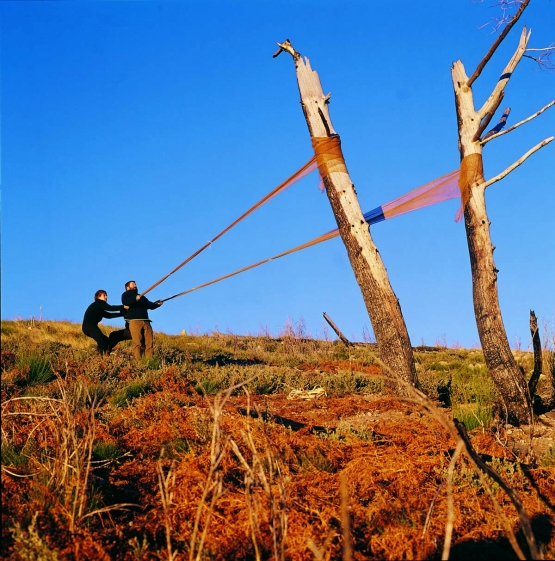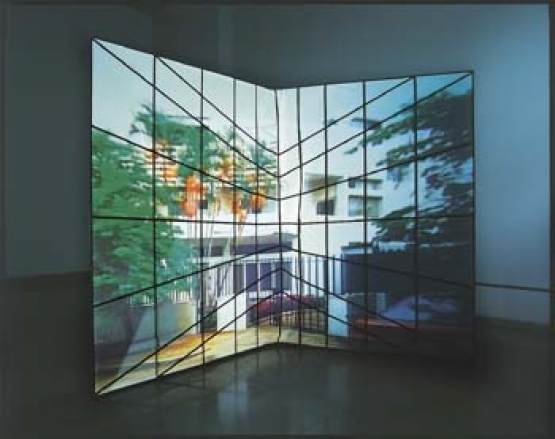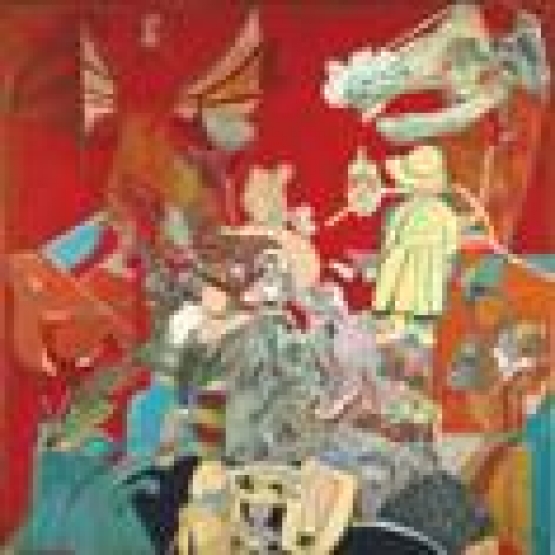Twentieth-Century Portuguese Art (1960-2010) completes the cycle of three exhibitions of the collection of the Museu Nacional de Arte Contemporânea – Museu do Chiado which began in April 2011 to commemorate the hundredth anniversary of the institution.
In journeying through the last half century of the history of Portuguese art, this exhibition also necessarily reveals the vicissitudes of the workings of the museum itself, which has alternately embraced and distanced itself from contemporary thought and aesthetic construction.
While, during the directorship of Diogo de Macedo (1944-59), the MNAC would manage to maintain a relative dynamism, the political appointment of Eduardo Malta as director (1959-67) would condemn the museum to a period of cultural retreat, decay and isolation whose caricatural epilogue occurred when his wife, Dulce Malta, temporarily assumed control (1967-70).
Although the directorship of Maria de Lourdes Bártholo (1970-87) showed a more favourable attitude to the opening of the collection to contemporary proposals, incorporating some works by key artists (such as Jorge Vieira and Paula Rego), the MNAC still failed to keep pace with the cultural dynamics unleashed by the 1974 Revolution. During these years, the museum’s facilities underwent a period of progressive decay that led to them being forced to close in 1987.
Between 1988 and 1994, the MNAC underwent a process of global reorganisation according to a plan drawn up by the French architect Jean-Michel Wilmotte, culminating in the reopening of the museum, now renamed the Museu do Chiado, under the directorship of Raquel Henriques da Silva (1988-98). A process of programmatic renovation then began at the museum, reconciling the study and dissemination of the collection with the regular staging of temporary exhibitions and qualified publications in an international framework that would be broadened under the directorship of Pedro Lapa (1998-2009). In parallel, the collection underwent an unprecedented period of renewal, coming to encompass the second half of the twentieth century and to include new artistic genres such as photography and video.
Given the lack of continuity of public investment in acquisitions for the MNAC’s collection, donations and deposits by artists, institutions and private collectors took on an essential role in enriching more recent groups of works in the collection with the integration of key artists on the contemporary Portuguese art scene.
Throughout almost two decades of intense activity and modernisation, MNAC – Museu do Chiado continues to struggle with the main constraints identified when it was founded in 1911: the lack of space and material resources required to continue to conserve, exhibit and broaden the most wide-ranging collection of modern and contemporary Portuguese art.
Helena Barranha
















